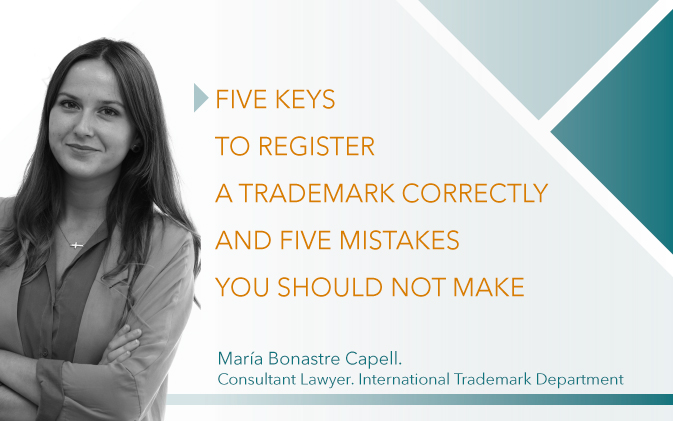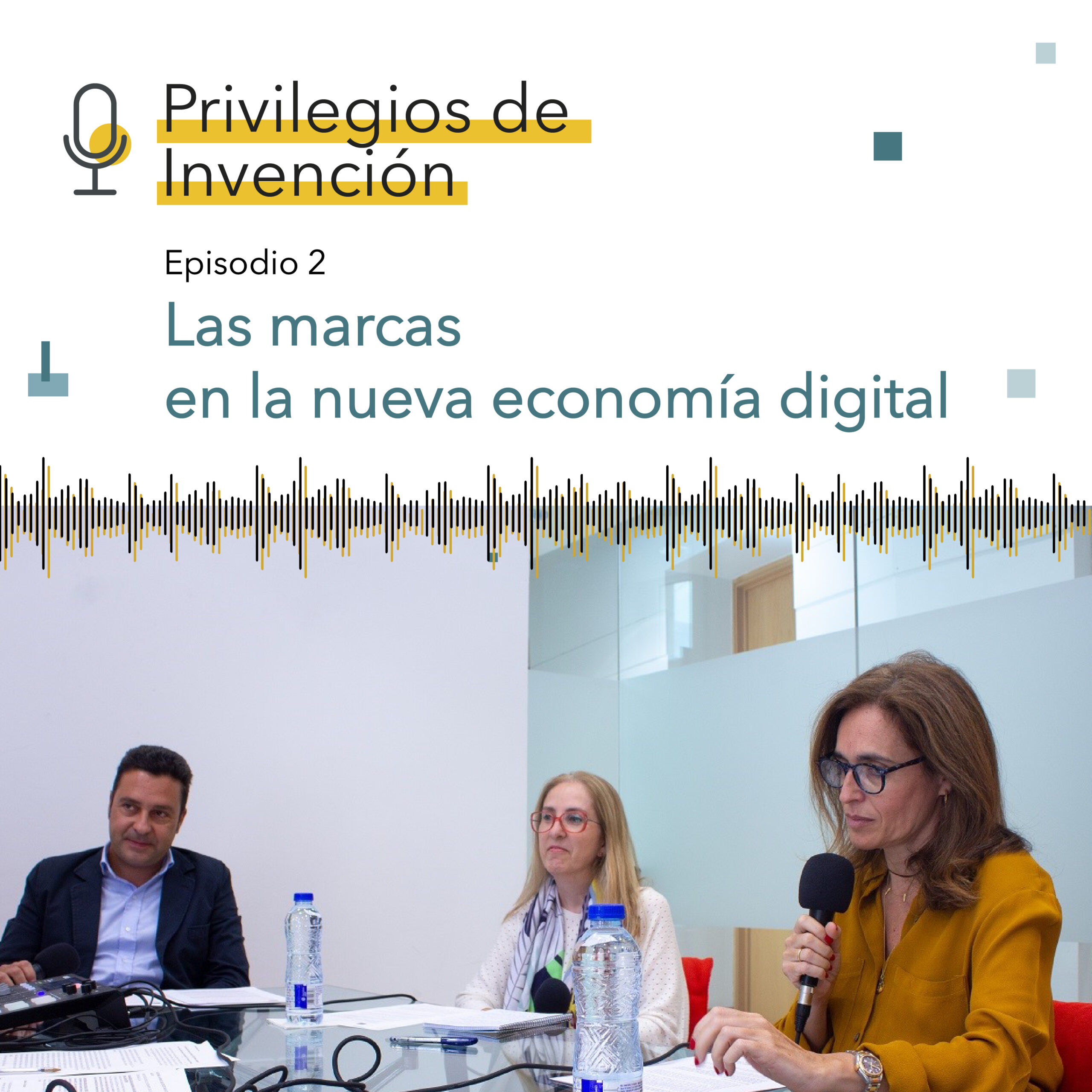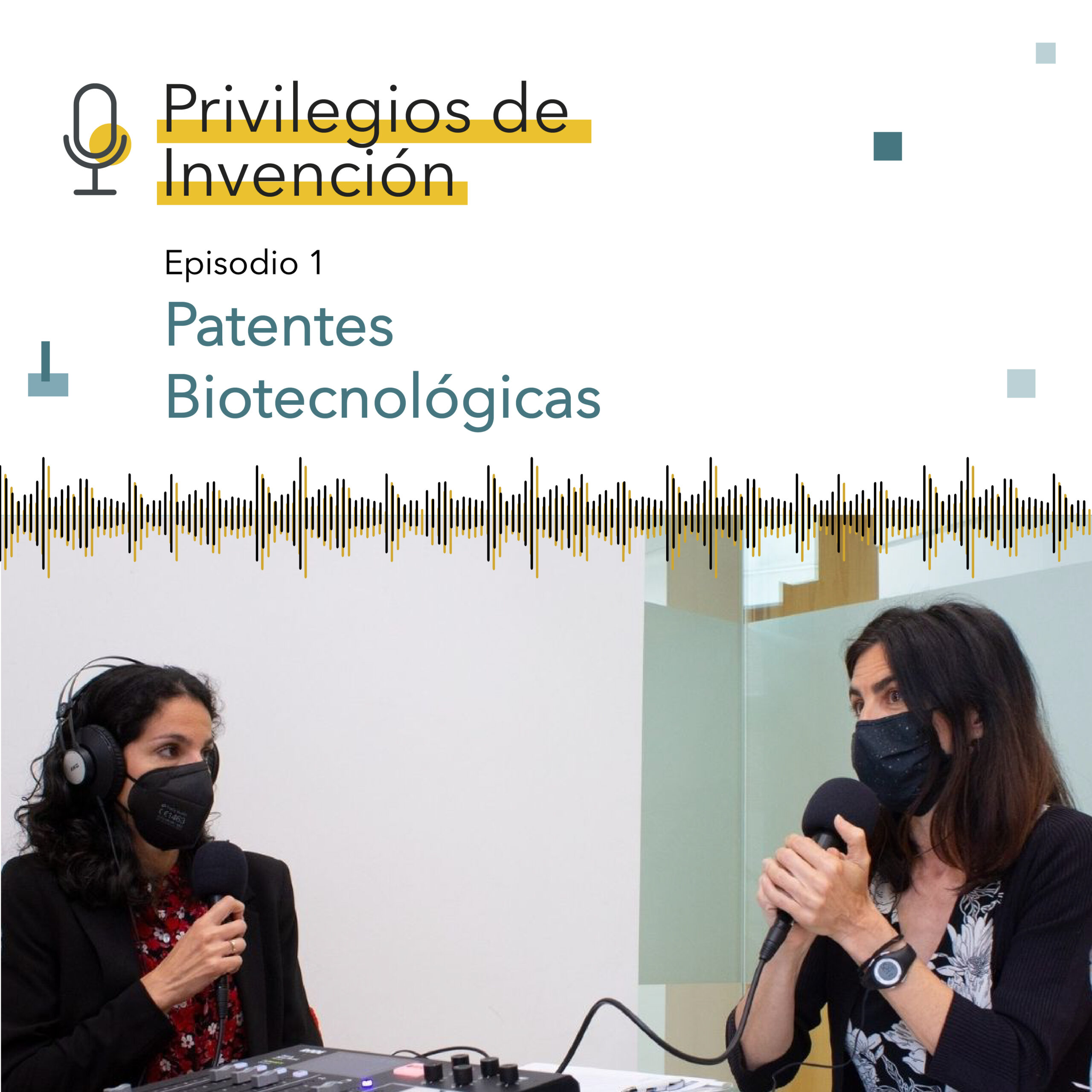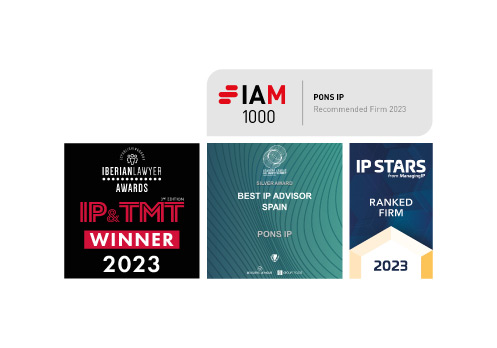When launching a new trademark on the market, you must take into account its legal status.
Firstly, we must remember that the right of ownership of a trademark is acquired by registration. Therefore, before filing a trademark application for its registration, we must take a series of steps and take into account the following considerations.
The first is to search for a viable trademark. To this end, you must not forget that the main function of a trademark is to identify the business origin of a product or service, that is, to differentiate it from competition.
One of the most common mistakes is to apply for registration of the trademark without first analyzing its feasibility, and find that third parties have prior rights, which constitutes an impediment to registration. In many cases, applicants only look for previous identical trademarks, forgetting about the similarities that in most cases are the ones that pose obstacles for processing.
Secondly, you should bear in mind that the sign is not subject to absolute grounds for refusal, such as being devoid of distinctive character, not being descriptive of the product or service to be protected, being liable to mislead the public as to its nature, origin or quality (among others); nor in related prohibitions, which refer to the existence of prior third-party rights.
As a third main point, for the proper registration application of a trademark, you will need to assess how the trademark is to be used in the market, and propose a registration strategy accordingly: just the name? Characteristic typography? Logo? Colors?
Today, many different types of trademarks can be registered. In fact, Spanish regulations are not limited to a closed list:
A trademark may consist of any signs, particularly words, including personal names, designs, letters, numbers, colors, the shape of products or of their packaging, or sounds, provided that such signs are suitable for:
(a) distinguishing the products or services of company from those of other companies; and
(b) being represented in the Trademark Registry in such a manner so as to enable the relevant authorities and the general public to ascertain the clear and precise subject matter of the protection awarded to the owner
(Article 4 of Law 17/2001 on Trademarks)
Likewise, you must define the products and services that are to be protected. To this end, there is an international classification that divides products and services into 45 classes: 1 to 34 refers to products, and 35 to 45 classify the services. You will only obtain protection on what you apply for, so it is important that it fits well with the use you want to make of the trademark, both in the short and medium term.
At this point, one of the most common errors is applying for inadequate registry protection for the intended use of the trademark.
This also includes registering the trademark with a different image than the one to be used, although this error is less common.
Likewise, you shall delimit the territorial area in which protection is sought, since trademarks constitute territorial rights. This fourth point is key within the registration strategy, as there are different protection procedures, which will determine the extension of the trademark protection:
- National procedure: apply for the trademark in a country, such as Spain or the United States.
- Regional procedure: such as the European Union Trademark registration, which offers block protection in Member States.
- International procedure: there is an International Trademark System (Madrid System) that offers the trademark owner the possibility of protecting it in any of the countries that are members of the Madrid System through a single application and the subsequent designation of the countries that are interested. This modality provides the same effects as registering it country by country, resulting in lower processing costs.
It is recommended to have advice from a specialist in order to draw up an internationalization strategy, as regulations vary.
One of the most common errors that takes place at this point is that sometimes there are trademarks that have not taken into account an international vision and that, when being launched abroad, they encounter that the trademark in other languages has a negative meaning or connotations, so they must change their trademark in that market, or even worldwide.
Lastly, as a final key point, which is also important, pay attention to registration deadlines, and align them with the launch of the trademark. From the time a trademark application is filed to the time it is granted, several months, or even years, may elapse depending on the territory.
Another recurring error is not taking into account different processing times of registrations in each territory, and not aligning them with the market launch strategy. This is key in order to have some leeway in case that issues arise during processing, and (the worst-case scenario) to avoid having to change the trademark once the product is placed on the market, with all the investment that entails.
In conclusion, the five keys to be taken into account in order not to make the most common mistakes can be summarized as follows:
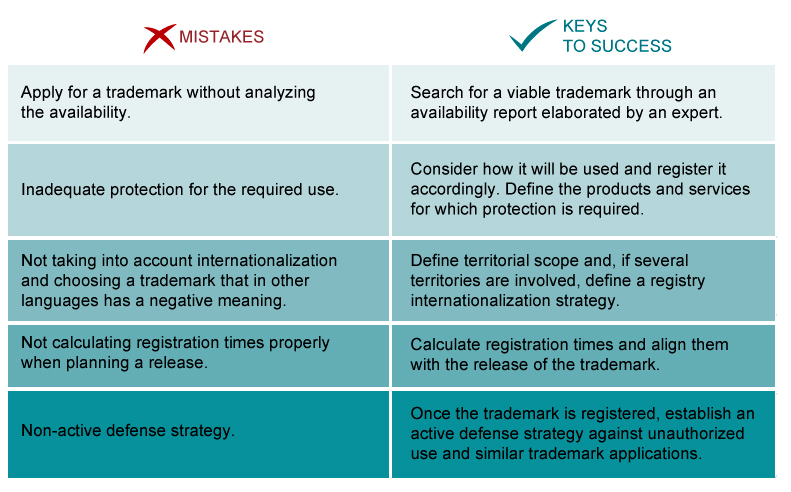
Finally, you must not forget trademark monitoring. Once granted, you must count with an active defense strategy against third parties using or applying for trademarks similar to yours, and that might conflict with your interests.
- Maria Bonastre | Lawyer | International Trademark Department
